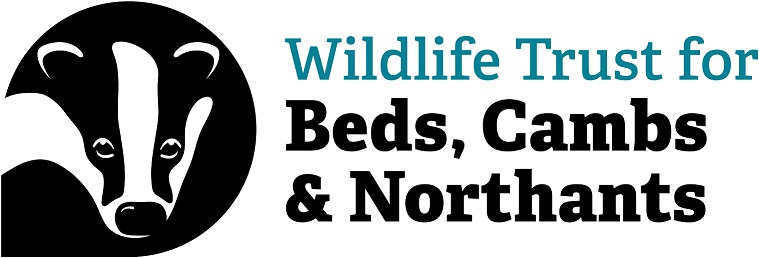As the days grew longer our spring began with the breeding bird surveys, conducted by our team of dedicated volunteers, who between them cover as much of the site as is accessible. The early mornings paid off as they found at least 30 nightingale territories, 8 turtle dove territories and a wealth of warblers and other small birds including grasshopper warbler, willow warbler, blackcap, cuckoo and many more. Juvenile turtle doves were later spotted on site this year giving us proof that their breeding was successful. Barn owls once again bred here and the highlight for staff and volunteers was a pair of long-eared owls raising two chicks on site!
As spring progressed the site came to life with birdsong, wildflowers and insects everywhere. Managing the site during springtime is a real treat for the senses whilst we enjoy the fruits of our labour from the previous winter season of scrub works. For a short while we put to rest our noisy scrub management tools, including brushcutters and chainsaws, and we take stock of spring’s bounty. Bird song abounds and the fresh scent from abundant blossoms assaults the senses. It’s the beginning of a more relaxed period of time for reserve staff when we undertake more low impact management activities so as not to disturb our nesting bird populations. We repair and install fences and gates, and maintain the public rights of way so users can continue to enjoy the site as the grass and scrub have a spurt in growth along the footpaths and bridleways.
It’s also when we join forces to undertake more valuable monitoring on site as it is crucial we understand what we have on site in order to manage and protect it in a sensitive way going forward. We check in with our other volunteer surveyors who this year looked for butterflies and bats. We focused our butterfly surveys on one particular species this year - the purple hairstreak. Their caterpillars will only eat oak leaves so the adults are usually seen flitting around the crowns of oak trees, feeding almost exclusively on honeydew. Volunteers staked out a dozen oak trees around Strawberry Hill and discovered purple hairstreaks occupied most of them, with a peak count of 20 individuals in July.





























